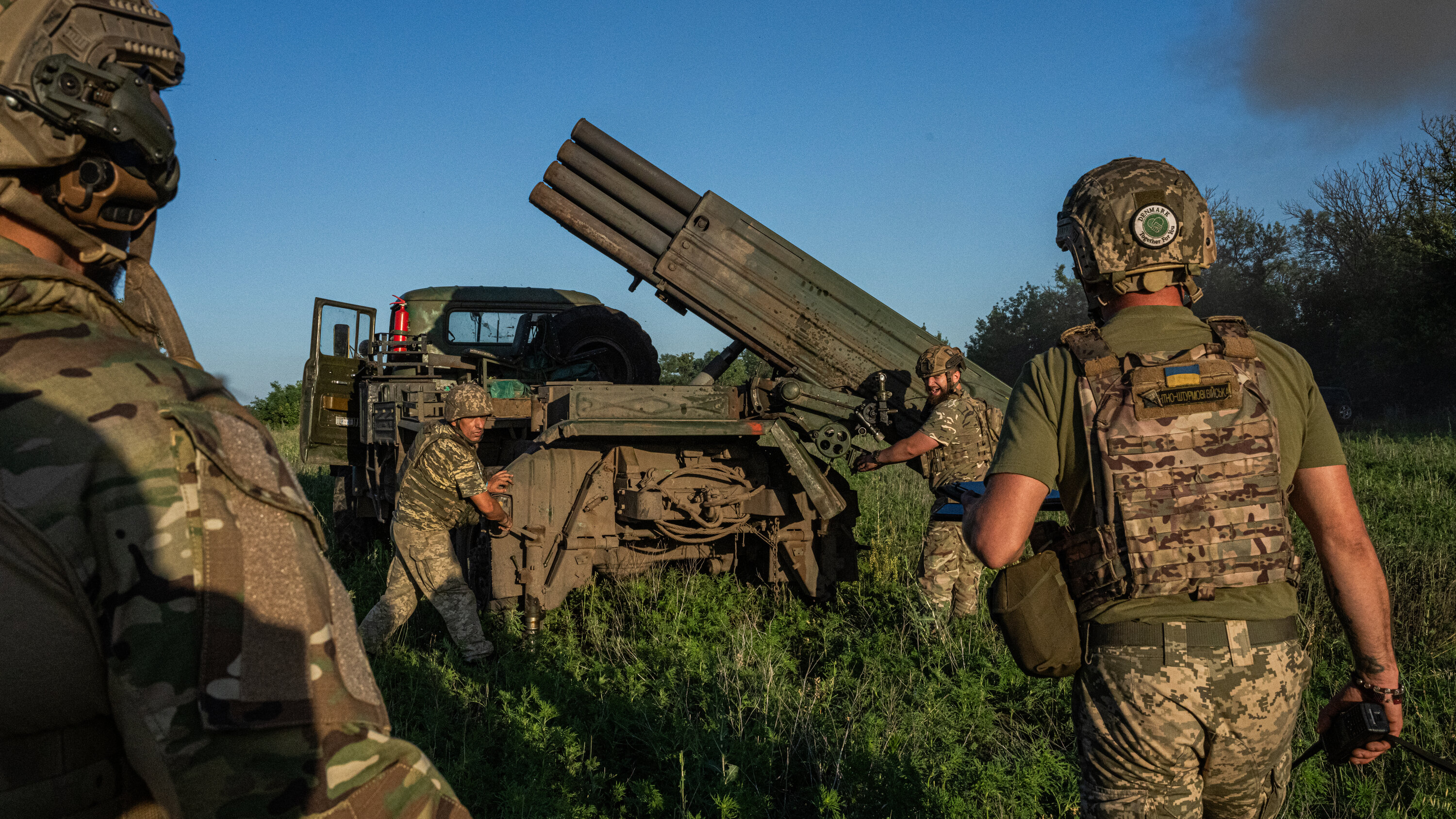European NATO Allies Brace for U.S. Troop Reduction: Key Implications for Security Cooperation Ahead

European NATO Allies Prepare for Possible U.S. Troop Reduction
Changing Dynamics Within the Alliance
European members of the North Atlantic Treaty Organization have initiated preparations for a potential decrease in the number of U.S. military personnel stationed on the continent. As reported by Euractiv, these moves come amid growing expectations that changes in the global security environment could prompt Washington to shift its military focus and resources to other regions.
NATO countries in Europe have been closely monitoring subtle diplomatic signals and discussions indicating that a reduction could be imminent. While no public announcement has been made, government and military circles across Europe are treating the possibility seriously and are seeking to ensure stability within their own defense frameworks.
Strategic Questions and Defense Planning
Planners and policymakers are now wrestling with critical issues: the scale and speed of any future reduction, and how to compensate for the potential loss of key U.S. capabilities. These include advanced air support, satellite intelligence, and vital logistical infrastructure that are fundamental to the alliance’s current defensive posture.
One diplomat from the alliance described the situation succinctly, stating that the question is no longer whether a reduction will happen, but how it can be managed so as not to compromise core defense commitments. The focus has shifted to ensuring that any adjustments are as orderly and coordinated as possible.
Implications for European Security
Many of NATO’s recently updated defense strategies rely heavily on the ongoing presence and support of U.S. forces, weaponry, and technology. These updated plans were designed to provide a robust response to any external threat but are substantially dependent on American military resources.
If a significant drawdown occurs, European allies may face new challenges in maintaining the same level of deterrence, particularly along the alliance’s eastern flank. Member states situated closest to potential flashpoints are already quietly advocating for more urgent and thorough discussions about how to reinforce defense plans in the absence of U.S. assets.
Military Hubs and Operational Shifts
Key American bases in countries like Germany and Italy have long served as critical staging grounds for operations throughout Europe and beyond. The prospect of a reduced presence raises questions about how existing missions and joint exercises can be sustained, and what steps may be necessary to enhance European readiness.
European leaders are considering a range of contingency measures to address these evolving circumstances. These discussions highlight the fundamental interconnectedness of NATO's security architecture and the central role that U.S. military resources have historically played within it.
Alliance Cohesion and Future Steps
The ongoing internal dialogue underscores the alliance’s commitment to collective defense, even amid uncertain times. European members are beginning to assess how best to coordinate responses and close any gaps that might emerge should U.S. forces be redeployed elsewhere.
These developments may catalyze renewed efforts to bolster European military integration, investment, and capabilities. As nations brace for potential shifts, maintaining unity and adaptability remains a top priority for the alliance.
Conclusion: Navigating a Time of Transition
The prospect of American troop reductions represents a pivotal moment for security cooperation across the continent. Efforts underway among European allies reflect a proactive approach to safeguarding defense interests and ensuring ongoing alliance effectiveness, even as roles and responsibilities within NATO evolve.
As the situation develops, European partners continue to monitor events and prepare for changes that could reshape the security landscape for years to come.
